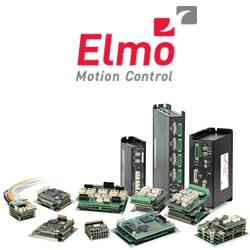POWERING PROGRESS: FPT SUPPORTS NEW HOLLAND LAUNCHES AT AGRITECHNICA
Nitrogen management takes a major step forward in Europe NitroScope project launches in Ghent
National Pump Company Highlights Line of Vertical Turbine Pumps for Deep Well Applications
Landscape Drains Highlights Innovative Radius Drain for Superior Design, Performance, and Safety
TITAN® XC Reaches 100 Million Acres Treated, a Milestone Fueled by North American Farmer Success
CNH brands win 2026 Farm Machine of the Year Awards
Organic Fertilizers Market Growth Driven by Rising Demand for Sustainable Agriculture
Cybersecurity Risks of AI in Precision Agriculture
DJI Agriculture Unveils Agras T100, T70P, and T25P at Agritechnica 2025 in Hannover
FPT STRENGTHENS ITS LEADING POSITION IN THE AGRICULTURAL SECTOR, SUPPLYING ITS N67 ENGINES FOR THE DEUTZ-FAHR 8 SERIES TTV
New Holland wins 'Best Specialized' at Tractor of the Year 2026 Awards
ZAPI GROUP Advances High-Voltage Capabilities for Sustainable Agricultural Machinery
Wolters Kluwer to present insights on AI's transformative impact on agriculture lending
Sustainea Launches Regenerative Agriculture Project in Indiana to Advance Sustainable Sourcing
Agroz Plans to Expand Locations of Products and Services in GCC and Southeast Asia to Advance AI-Driven Food Security Solutions
Records 61 to 75 of 3261
First | Previous | Next | Last
Featured Product

